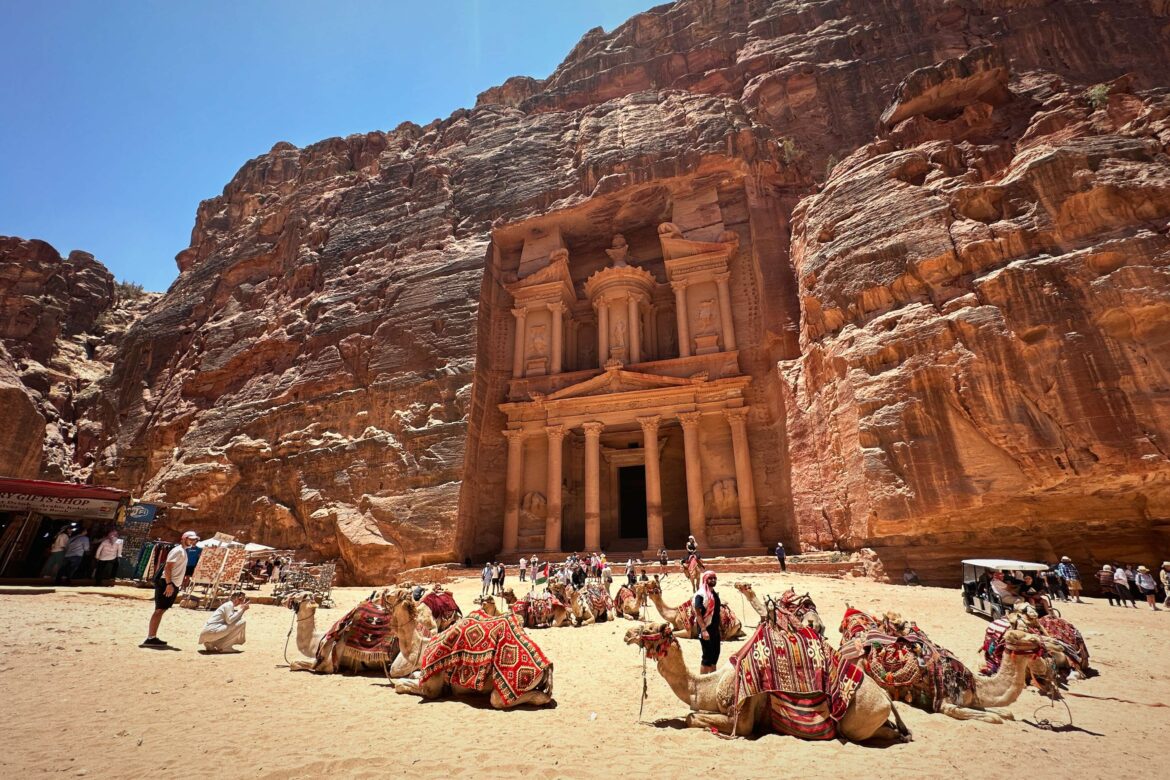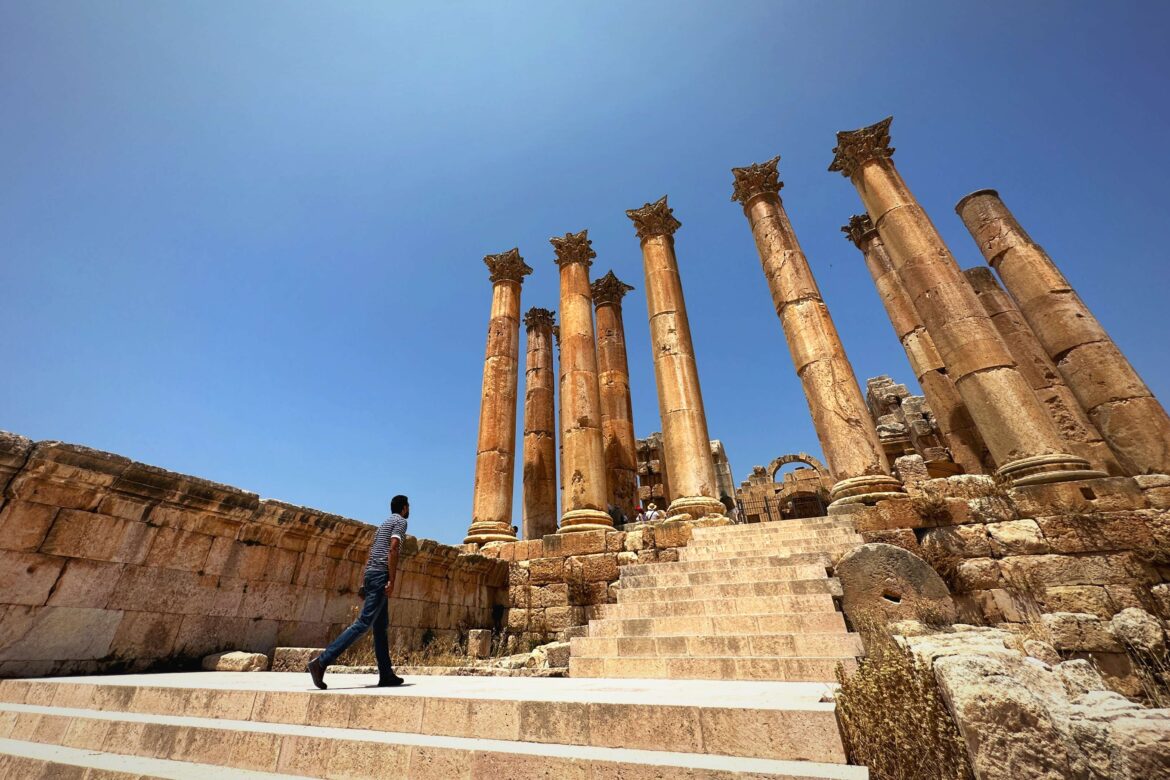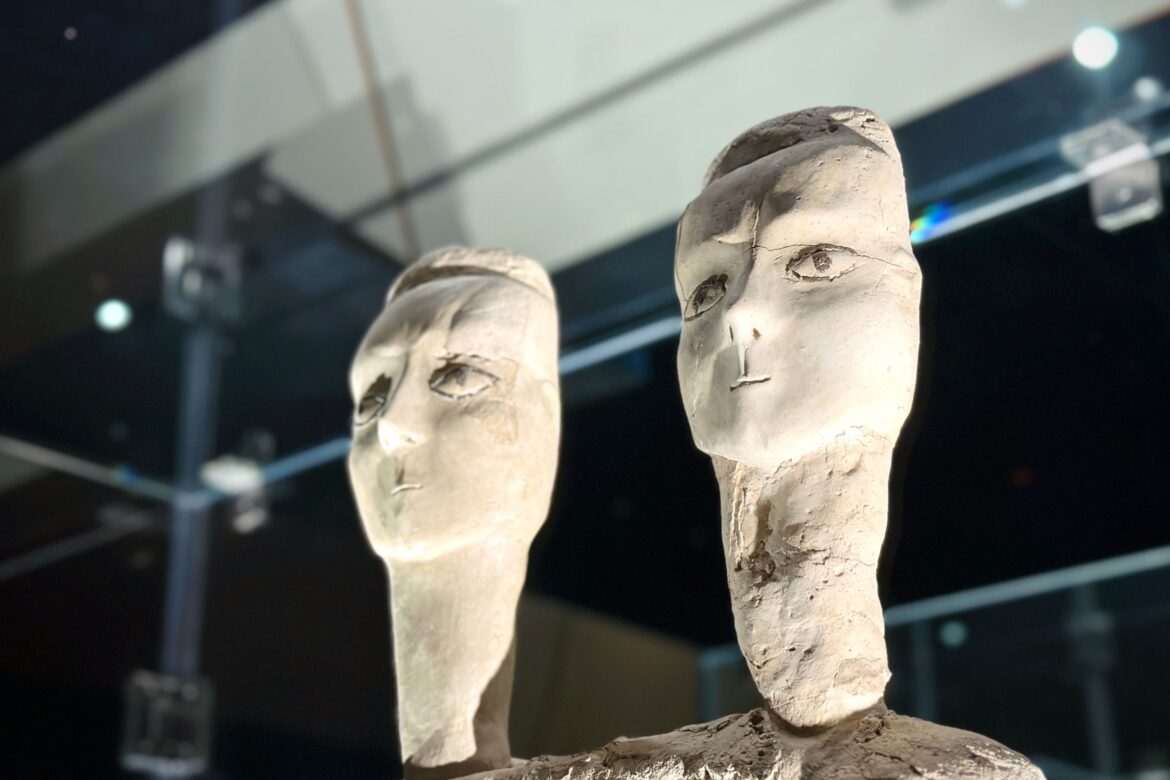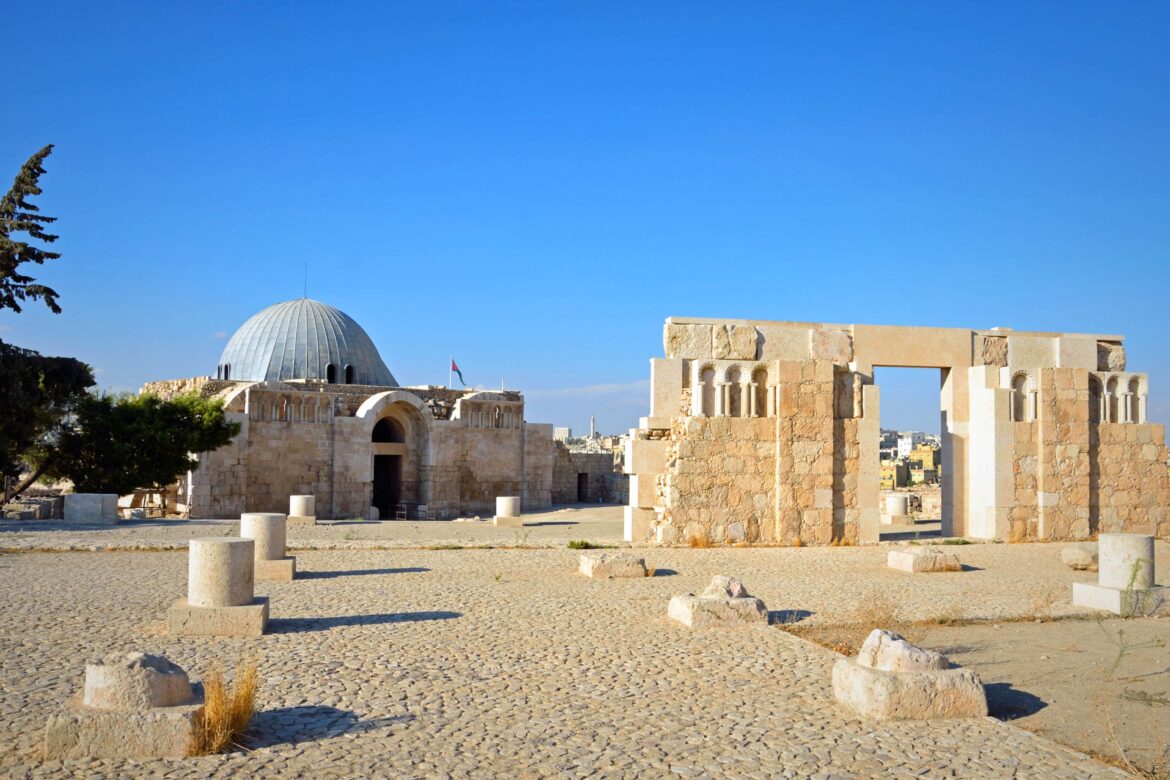Petra, known as the "Rose City," was designated as a World Heritage Site by UNESCO in 1985. This recognition was not only due to its extremely unique landscape but also because the remains left by the Nabataeans are considered one of the New Seven Wonders of the World.
西亞丨WESTERN ASIA
In the past, when I visited Rome, I was enamored with the Colosseum that I knew from textbooks. However, after exploring it, my attention would drift to the nearby shops, leaving me with a fragmented impression of the "town." It was during my visit to Jordan that I discovered Jerash, often referred to as the "Pompeii of the Middle East," which is even more "Roman" than Rome itself. This experience completed my perception of a Roman ancient city.
Situated in Amman, the Jordan Museum, established in 2014, is home to some of the country's most significant archaeological discoveries. Its two main permanent exhibitions are the Dead Sea Scroll number 175 (4Q175) and the 'Ain Ghazal statues, which boast a history of 9,000 years, representing some of the earliest known human figurines.
The first stop upon arriving in Jordan is Amman, known as the "City of Seven Hills." In the 11th century BCE, the worshippers of the Egyptian sun god Amun established their capital on Citadel Hill. Back then, the capital was called "Ammon," which gradually evolved into "Amman." Amman is often called the "City of Seven Hills" because the entire city is built upon seven hills.




